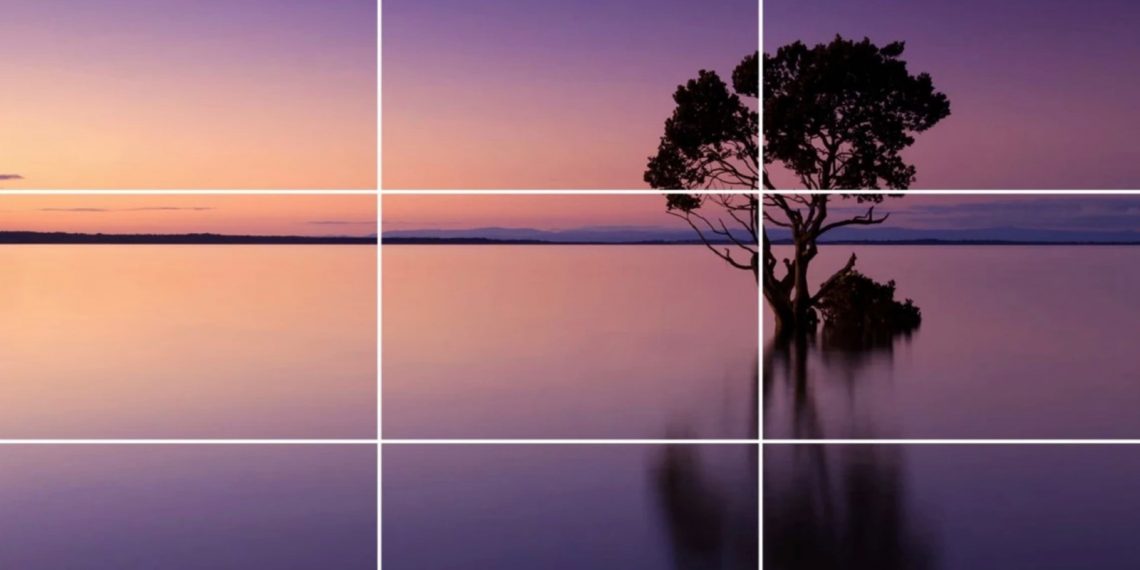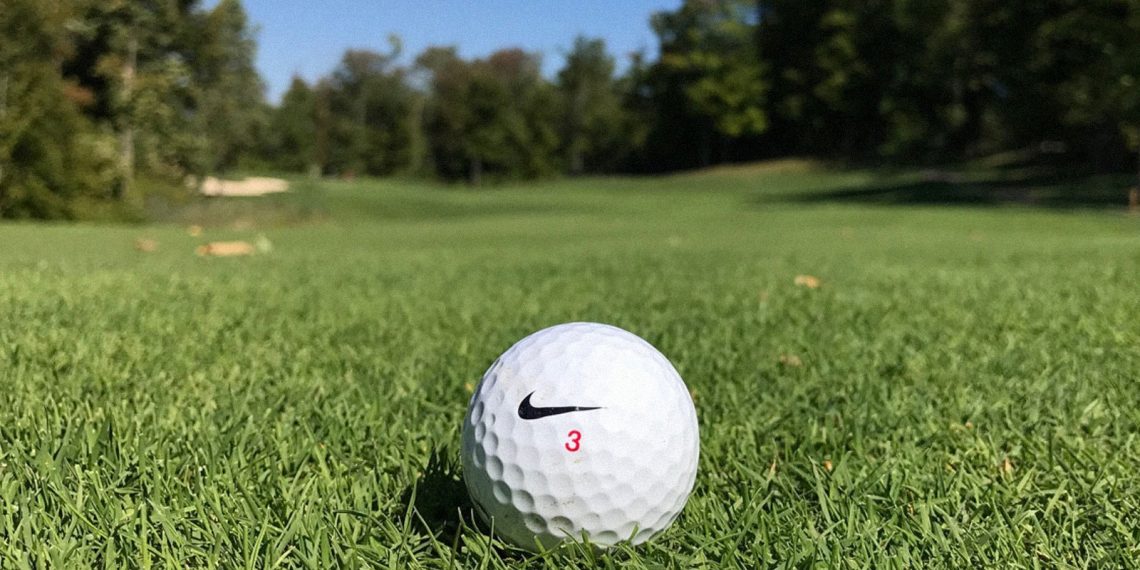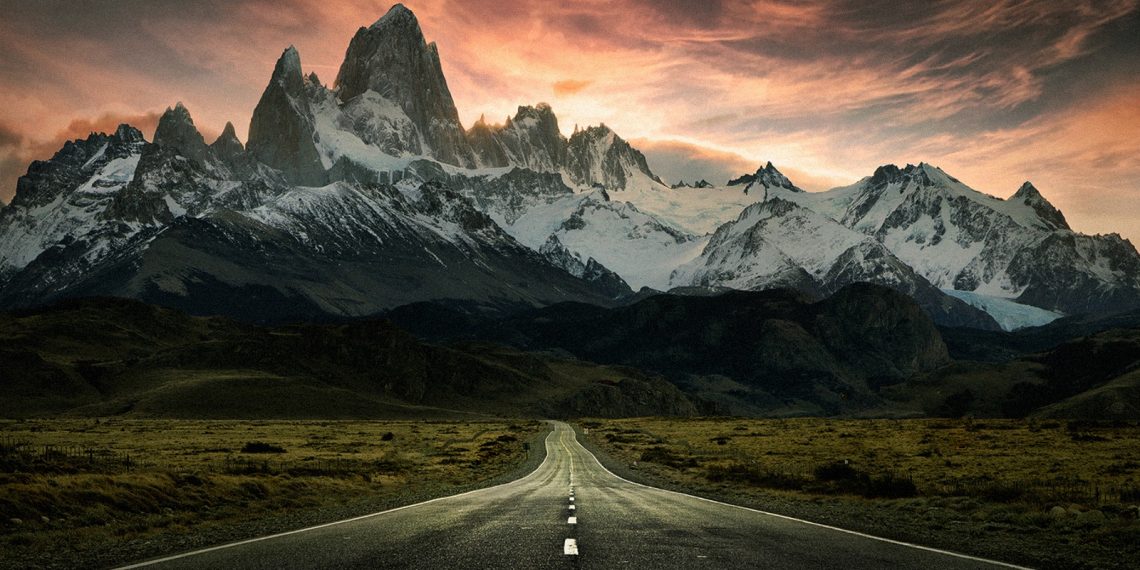The quality of the photo directly depends on the light. You can take a bad picture of a well-lit object, but you will never be able to take a good picture in poor lighting.
During shooting, light passes through the opening shutter of the camera and the lens, hits the sensor and forms an image. Exactly how the light is captured and what the final photo will be depends on three important parameters that make up the so-called exposure triangle.
The essence of the exposure triangle is to understand these three aspects of shooting and select the parameters appropriate to the situation, as well as your vision of the frame.
The next thing that all beginners need to learn is to hold the camera in such a way as to eliminate or minimize hand shaking. When shooting, the shutter opens and the light hits the camera sensor. If you move at the moment when the shutter is open, the beam of light spreads over the sensor and the photos are blurred.
The less movement and shaking, the clearer the frame.
Professional cameras are best held with one hand in the palm of the other and one elbow on the side. You should do the same with a smartphone: take it firmly with both hands and press them as close to your body as possible. Well, if you shoot in low light conditions or at a long shutter speed, it is better to use a good tripod.
One glance at a picture is often enough to understand who took it — a beginner or an experienced photographer. Professionals pay great attention to composition in the frame, and a beginner will immediately be given away by its absence.
The simplest principle of composition is to follow the rule of thirds. Its essence lies in the conditional separation of the frame by two horizontal and two vertical lines. Along these lines or at their intersection, important elements should be placed on which the eye will stop when viewing the photo.

In the photo above, the shore in the distance is located along the upper grid line, and a lone tree is exactly in the crosshair of the vertical and horizontal lines. If the photographer had placed the tree and the shoreline in the center of the frame, the picture would not have been so interesting.
Taking an object off eye level is the surest way to take a boring photo. From this point we see the world every day.
To create a really interesting picture, you just need to change your point of view. This will require:
The beauty of these tips is that they work great both individually and in any combination.

A golf ball taken from a height of human height would not attract your attention. But a photo from ground level attracts the eye, forcing you to look at every blade of grass.
Like it or not, all cameras perform image postprocessing. The actual sensor data is collected in a RAW file, but what we see on the camera or smartphone screen is the interpretation of the RAW data by the device itself. At the same time, the camera does not have the slightest idea about your vision of a particular frame. So why not fix it?

Not all postprocessing is tasteless photoshopped images. It is more correct to consider retouching as applying makeup. Some people overdo it with blush and lipstick, others use cosmetics as a way of self-expression, and only a few emphasize their best features.
Similarly, post-processing may be superfluous, intentionally stylized or refined and emphasizing only what is already present in the frame. Use retouching! Underestimating her, you will face a situation where all your pictures will be missing something.
It doesn't matter how many YouTube video tutorials you've watched and how many pictures you've analyzed on Instagram*. Only practice allows you to improve.
A day of practice is worth a year of theory.
Your first photos will suck. You may have to take thousands of pictures before you get the one you like. But each of them — even the most terrible — will be one of the small steps to mastery. Practice will not only help you use theoretical knowledge, but also allow you to better study your equipment, give you an understanding of how different shooting parameters affect the final image.
Good equipment is really important for shooting, but not as much as you think. An experienced photographer will be able to take great shots even on a cheap camera, whereas a bad one will not work even on the most expensive equipment.
It is much more important to rely on the right exposure, work with perspective, composition, and use the tips discussed above. If you learn all this, you can take cool photos with any camera. Even on a smartphone!
Of course, all equipment has its limitations, and over time you will "outgrow" your camera, lens and other accessories, but the bottom line is that by buying an expensive camera, you will not become a professional. And the sooner you understand this, the sooner you will succeed.
*Activity of Meta Platforms Inc. and its social networks Facebook and Instagram is prohibited in the territory of the Russian Federation.